Whether it’s microwaved, grilled or ‘fried up’, popcorn is one of those staple all-American foods. Come on! What other food can claim its roots to the Native Americans and then end up at the forefront of American culture? (actually, I could probably think of a few, but that’s not the point). Join me as I delve into the poppin’ world of popcorn on GrowingSideways.
Why is this the case these days with popcorn? It used to be a glorious treat for a job well-done. As a kid I remember my mom bringing down a huge metal bowl with a piping hot bag of salty, crunchy morsels as my brother and I attempted a speed run of Banjo-Kazooie on the Nintendo 64. I remember pulling the diagonal ends of the bag open to release a buttery breeze of steam in my face. I remember the ticks and thuds the popped kernels made as they fell into the metal bowl all the while my brother’s hand grabassing the yellow nuggets, shovelling them into his mouth. Still aiming for the fastest game run, we would pause the game and heed an old adage, “Confucius says many men swallow, but few men chew.” Yes. Following a cathartic *sigh* and a necessary lick of the fingers, we were back on the way to kill that haggardly bitch Gruntilda, but not before popping a few of the buttery, unpopped seeds into my mouth — a prepubescent version of dip.
It’s pretty easy to reminisce about these delights, but digging through all that starch merits some further investigation.
history
From what data scientists can gather, popcorn dates back to New Mexico 4,000 years ago. With the discovery of corn came the pressure to find as many uses as possible for this crop. The act of drying and popping eventually made headway into their cultures, but it’s not as simple as one may think.
There are a few important elements to the popcorn tree (or husk, if you prefer): the kernel, method of heating, dressing.
the kernel
Zea mays averta kernels must be dried before popping. Why? the act of drying out the pericarp (the outer layer) toughens the exterior thereby allowing enough pressure to build up inside before bursting. While all grains have this pericarp, popcorn’s pericarp is especially hard thus allowing it to hold in pressure before rupturing. Each kernel contains some water, oil and starch. Popcorn, again unlike most grains, contains a great deal of ‘hard’ starch which has a higher specific heat again allowing it to reach higher temperatures before going crazy. While there may be many different types of popcorn (thank you Alton Brown: pink diamond, purple amethyst, baby black pearl, southwest gold, baby blue sapphire, baby pearl, red ruby, baby yellow topaz, blue sapphire and petite princess amber). But there are really only four main trees: 1. white pearl, 2. yellow pearl, 3. white rice and 4. yellow rice. Of course, all the aforementioned varietals do have their own flavor and pop size/style, but that is a function of the strain and the amount of moisture inside. Popcorn usually has between 13-15% of water inside.
method of heating
Coming up with a plethora of corn-based dishes was a bit tricky back then. Something as simple as cooking corn with a bit of butter and chili powder required a wee-bit of effort, so the Natives did what any of us would do in that situation — heat the sucker up. And heat we have. Today we consume over 17 billion quarts of popcorn each year, which works out to over 54 quarts per American! But what actually happens inside during heating?
The pericarp is a great conductor of heat thus allowing it to transfer heat to the inside without burning. After enough joules have gone into the kernel, the combination of the vaporized water, hot oil and hard starch creates a lava-like foam of starch, which erupts in very awesome ways. Since the release of pressure is not dramatic enough to tear the pericarp to pieces, the kernel expands around itself as seen below.
Way back in the day, folks used to heat the popcorn in hot sand (like Turkish coffee), but I guess they didn’t like sand in all the nooks and crannies as much as the next person. So back in the day, folks moved up to wire baskets, but that resulted in burned pieces and uneven heating. Today, there are many different varieties of heating, but I tend to agree with Alton (as always) in his selection of the ‘best’ heater — a heavy gauge, stainless steel bowl. With constant shaking during heating, the round bottom allows the heavier, smaller kernels to fall to the bottom where they are heated until they pop and move to the top.
dressing
Since the sticky starch expands in the heating vessel of choice, it only makes sense to put salt in the vessel as well so that the popcorn can stick to it while its hot. It is also paramount to use some oil (lightly colored like grapeseed or peanut because they have a high smoke point) to facilitate the salt-sticking and heat conduction. Because of the rapid depressurization and the way the starch folds up on the pericarp, an awesome amount of surface area is created (and coated in flavor-neutral oil if you’ve been following along), which makes it ideal for some cool tricks. Ideas range from a simple drizzling of unsalted butter to some fresh herbs (thyme & rosemary says Alton). An individual, fed up with the boring combo of butter and salt, even invented those cool powders that you now see in movie theatres (he’s a multi-millionaire by the way). Candy options include chocolate or caramel, but personally I want to try white, lightly salted popcorn with white chocolate and small bits of toffee. =)
references and other media
sites
- fun facts about popcorn
- the wiki
- the governors
- chocolate popcorn
- popcorn on etsy
- popcorn on deviantart
pics
vids
popcorn song by gershon kingsley
good eats – s10e10 – pop art
thanks for reading!
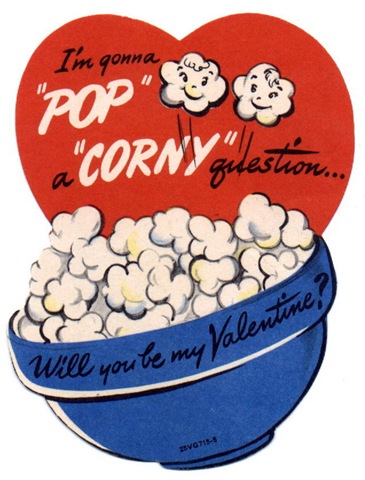
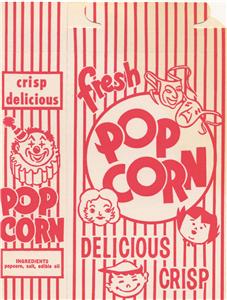

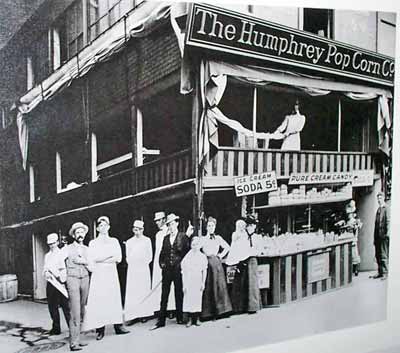

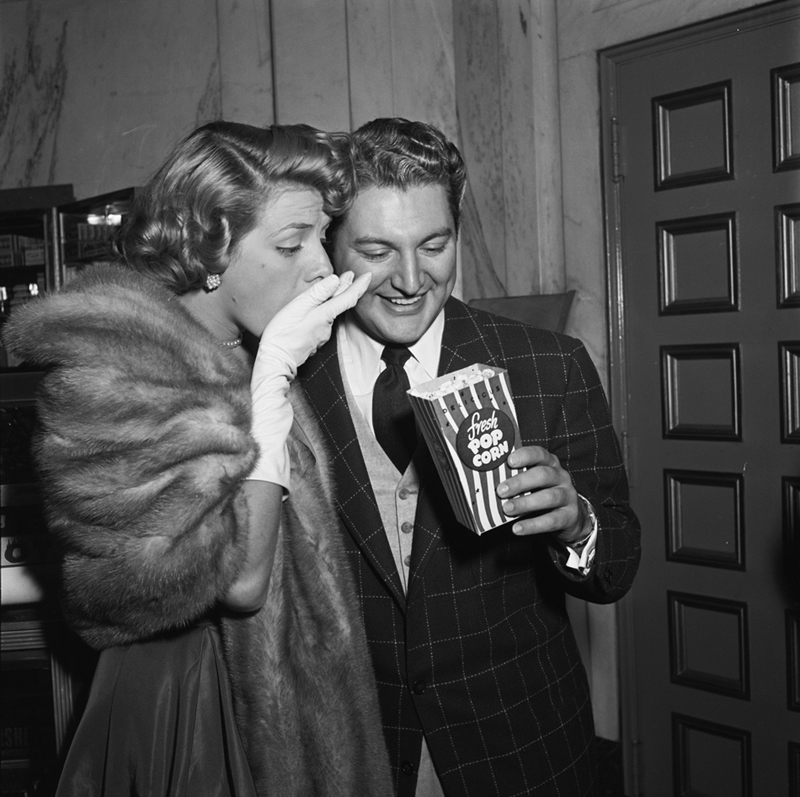
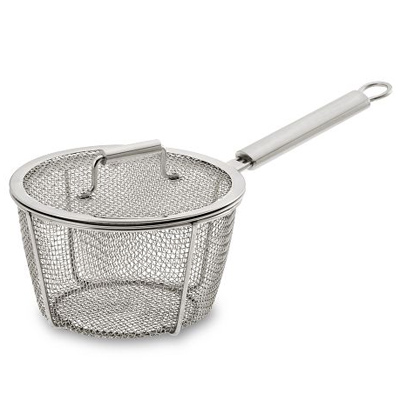
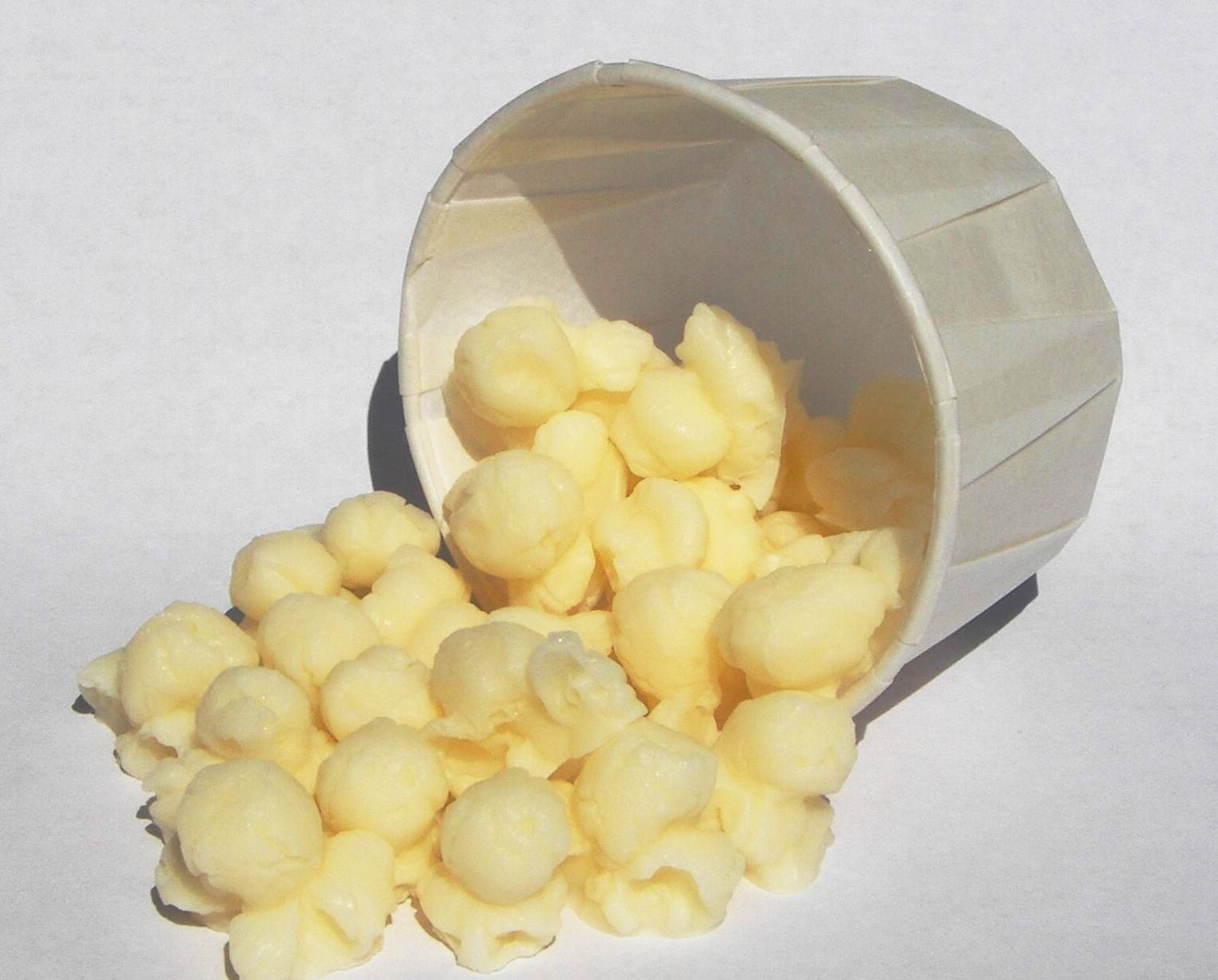
0 comments ↓
There are no comments yet...Kick things off by filling out the form below.
Leave a Comment